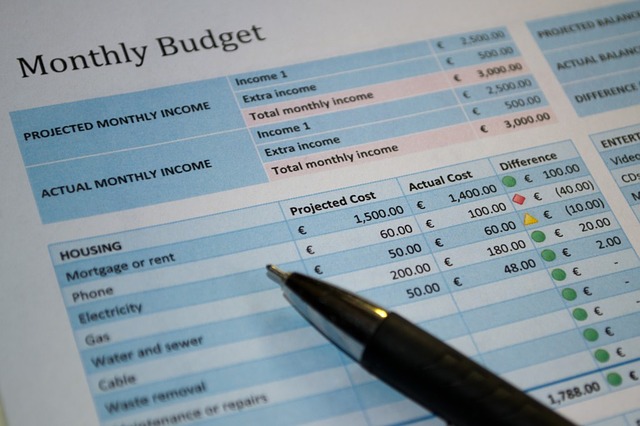There is a common misconception that it is impossible to save money on a tight budget, but it is doable as long as you remain mindful of your financial goals. But when people don’t think about their spending and their financial limitations, they can find themselves overspending. In the United States, for example, paying more for convenience often makes people spend much more than they intend to—even if the immediate expense is rather small. These small expenses quickly add up, sometimes causing people to end up in dire financial situations.
Other times, buyers will intentionally splurge on an expensive item. This kind of overspending is very different than that of mindless, everyday purchases. Luckily, there are many ways for individuals to become more mindful of their spending and avoid paying more than they wish. Some tips to keep in mind include the following:
1. Always look for free solutions.
Sometimes, when people run into a problem, they reflexively try to spend money to solve it. Though this method may be quick and easy, with a little bit of research beforehand, they could have found a free solution.
For example, consider a situation in which you need a specific tool for a home improvement task. Instead of heading directly to the store to buy it, you may want to ask around and see if any of your friends have the tool you can borrow or even put a post on a site like Craigslist to see if it is possible to buy the tool second-hand. With a little bit of effort, you can retrain your brain to think about free, or at least cheap, solutions before immediately running to the store. Over the course of a year, free solutions can allow you to divert a lot of money toward other financial goals.

2. Never store credit card information.
Phones, computers, and more often try to make our lives as simple as possible by saving payment information, including credit card data. Many websites even allow shoppers to save their purchase data for later transactions. While this convenience speeds up the buying process, it can have the downside of encouraging more impulse buys. When a purchase can be completed in just a click or two, many people don’t think twice about it.
That’s why, for most people, it makes sense not to store any credit card information online. Not only is this the more secure option, but it also forces you to put in some effort to make a purchase. This may give you enough time to rethink the buy and realize that it will not help you in reaching your financial goals.
3. Make a list before going to the store.
People who go shopping without intent may find themselves quickly sucked into deals and purchasing things they don’t really need. Making a list beforehand makes shopping more efficient and helps to avoid the sort of browsing that leads to impulse buys.
Most individuals are familiar with making lists for the grocery store, but lists can be helpful with virtually any kind of shopping. Another great idea is to keep a running shopping list of items that you do not need immediately. Then, you can look out for good deals on these items over the course of weeks or even months to help defray costs. Sometimes, it may even be possible to get some of these items for free. Lists will, ideally, help you to think at least twice about making off-list purchases.
4. Record all purchases made.
Many of us do not know exactly where our money goes, but by keeping a record of our purchases, we can see the decisions that are costing the most. For example, how much a month do you spend on lunches out? These numbers can be so surprising that you become motivated to change.

To start out, you can try recording every purchase you make for a week (although you will get a better sense of your purchasing patterns if you do it for a whole month). Luckily, there are several different apps and other tools to make tracking as easy and painless as possible. Then, on a regular basis, you should go through the tracked data to figure out which purchases were and were not necessary.
5. Calculate costs in terms of hours.
One of the best strategies for avoiding mindless purchases is the practice of converting prices into hours. For example, spending $6 on a fancy coffee may not sound like a big deal in the moment, but when you break it down and determine that you need to work for 20 minutes to earn the money for that coffee, it might not sound as appealing. While this is a rather simple example, the strategy can be even more eye-opening with larger purchases.
Those who do not earn an hourly wage can easily translate their salary into hourly pay to help them figure out how much they need to work to purchase a given product. A quick and easy way to do this is multiplying net monthly income by 12 for annual income and then dividing that number by 2,000, which is the average number of hours worked in a year.

